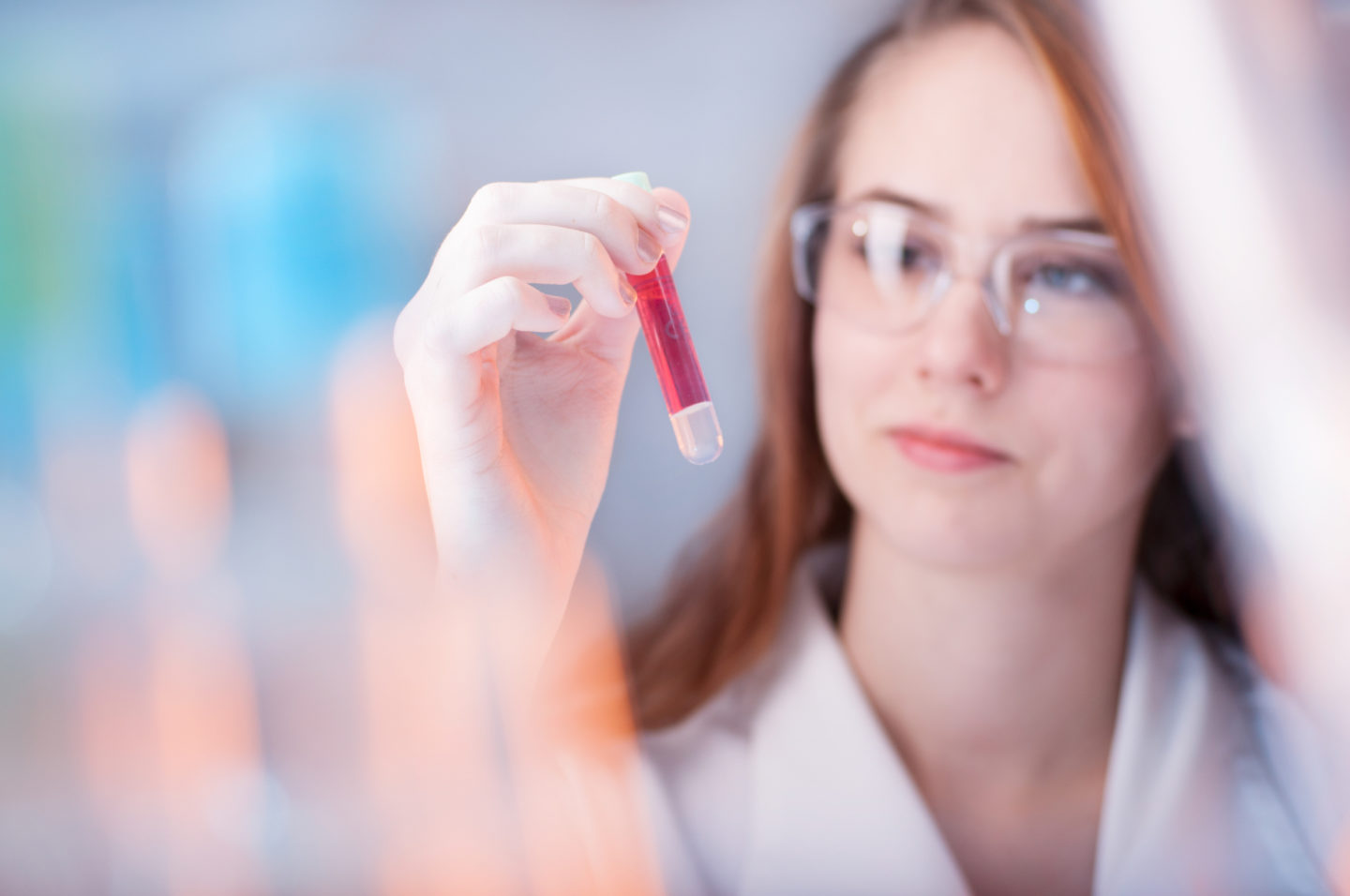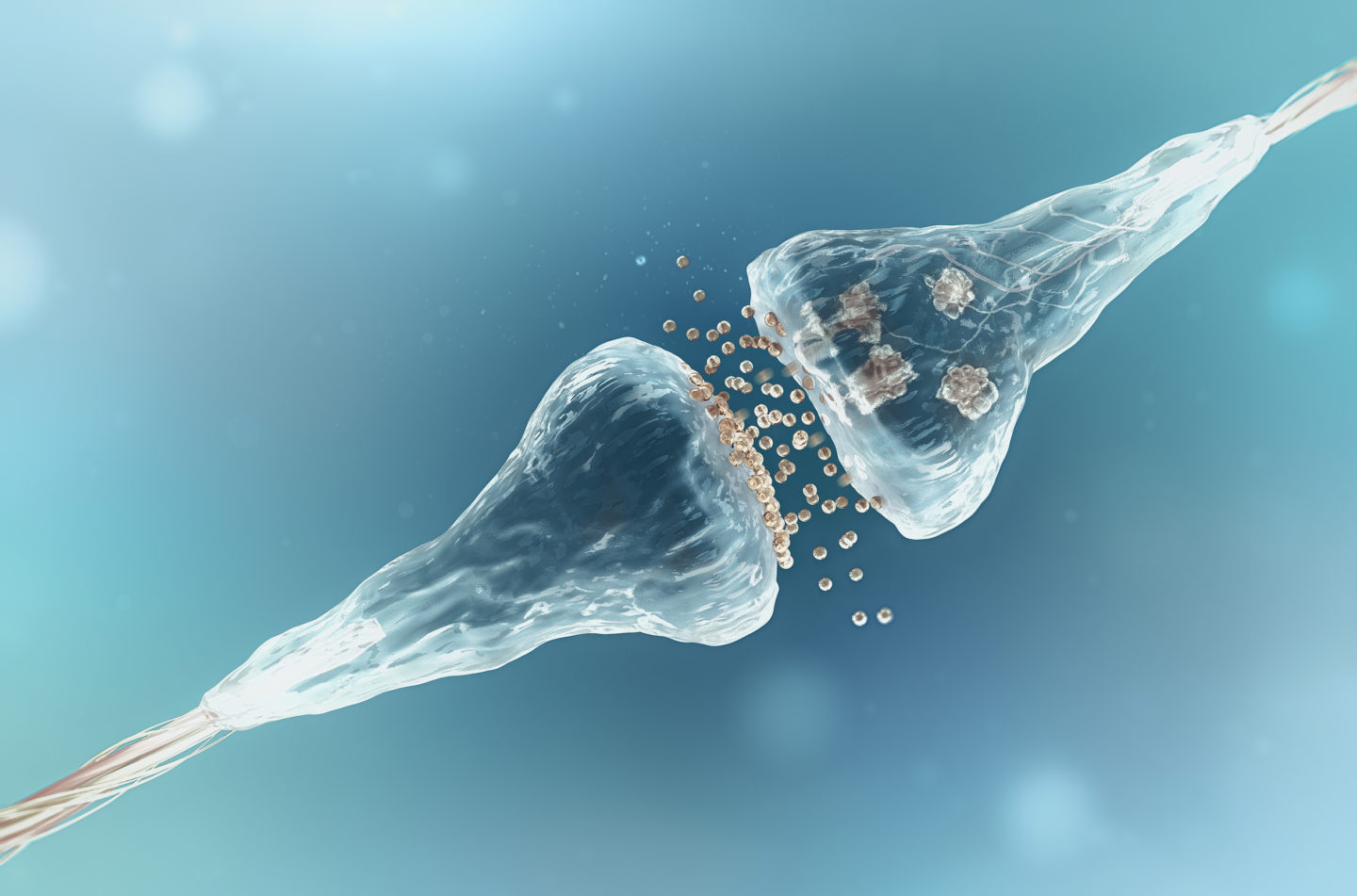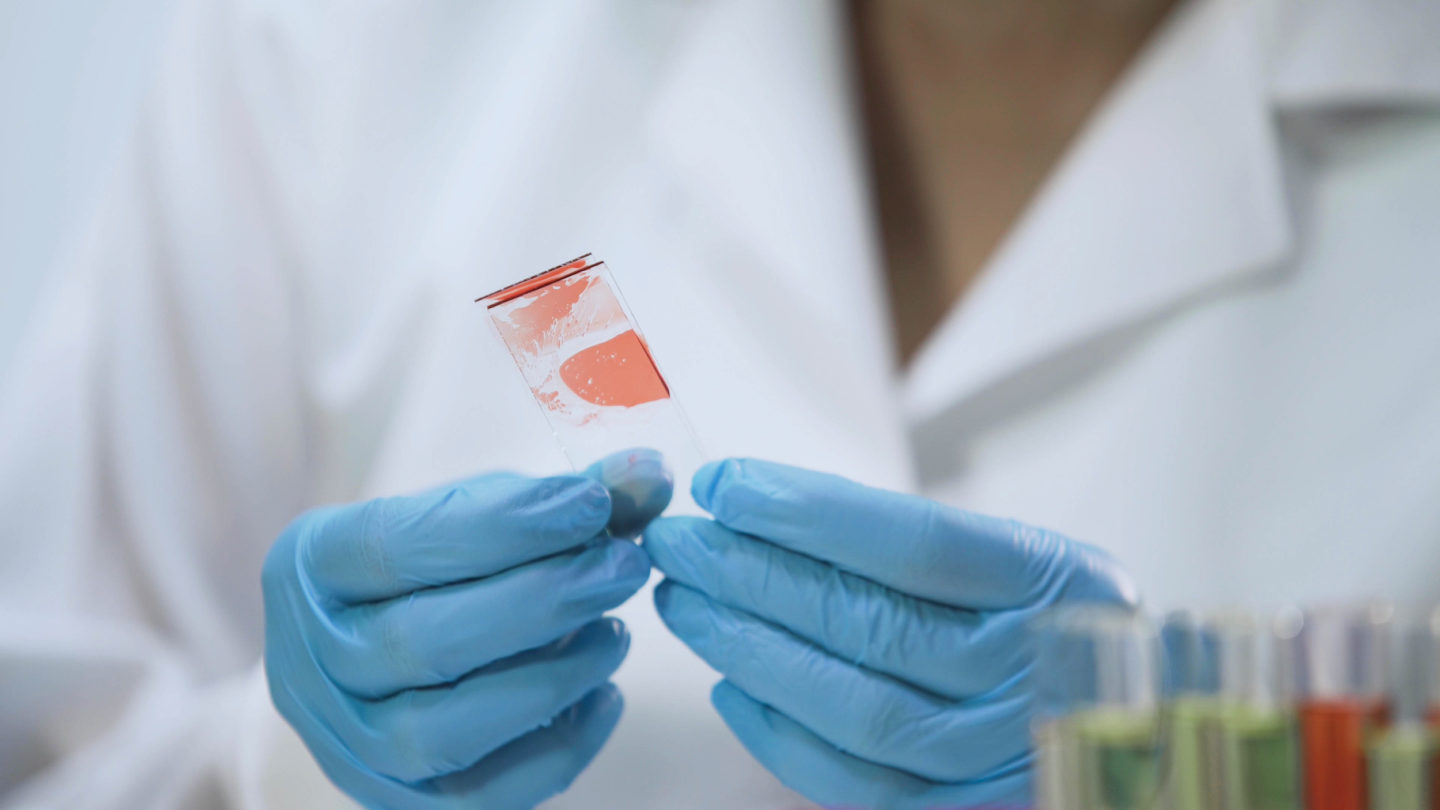Allergy
The allergy service identifies the possible allergens responsible for allergic pathology by studying the presence or absence of specific IgE against a broad battery of food and environmental allergens.
The unit also develops specific hyposensitisation vials against the allergens tested.
Analytical Techniques
| CODE | CANINE AND FELINE SPECIES | TYPE OF SAMPLE | VOLUME | TURNAROUND TIME (Days) |
| P9001 | Environmental screening | Serum | 1,5 ml | 4 |
| P9002 | Food screening | Serum | 1,5 ml | 4 |
| 4706 | Complete screening (food + environmental) |
Serum | 1,5 ml | 4 |
| P9011 | Environmental panel | Serum | 1,5 ml | 4 |
| P9012 | Indoor panel | Serum | 1,5 ml | 4 |
| P9013 | Outdoor panel | Serum | 1,5 ml | 4 |
| P9021 | Food panel | Serum | 1,5 ml | 4 |
| 9VIAL | Immunotherapy | Serum | 1,5 ml | 15 |
| CODE | CANINE AND FELINE SPECIES | TYPE OF SAMPLE | VOLUME | TURNAROUND TIME (Days) |
| P9003 | Equine screening | Serum | 1,5 ml | 4 |
| P9004 | Equine environmental panel | Serum | 1,5 ml | 4 |
| P9005 | Equine insects panel | Serum | 1,5 ml | 4 |
| INMEQ | Equine immunotherapy | Serum | 1,5 ml | 15 |
Screenings
- This is the first stage in the clinical diagnosis of atopic dermatitis and is based on the detection of specific IgEs against different groups of allergens.
Panels
They identify the allergens involved in atopic dermatitis. They include a combination of new monoclonal antibodies that recognise up to 3 different epitopes of IgE.
Groups of allergens tested
- Environmental (Indoor + Outdoor) Specific IgE are determined against 24 allergens separated into two groups:
- Indoor allergens: dust mites, storage mites, fungi and fleas.
- Outdoor allergens: grass pollens, weeds and common trees in our geographical area.
If the environmental screening is positive to Indoor, Outdoor or both, the corresponding panel is performed.
- Food. Specific IgE are determined against 12 food proteins separated into two groups: Allergens of animal origin and allergens of plant origin.
- Equine. Specific IgE are determined against 24 allergens separated into four groups:
- Mites: dust mites and storage.
- Fungi: a mixture of the most frequent fungi species.
- Pollens: grass pollens, weeds and common trees in our geographical area.
- Insects: 4 different species of the most relevant insects in allergies in horses.
Immunotherapy (subcutaneous)
- The hyposensitisation vials are configured based on the clinical history of the animal and the clinical relevance of the allergens tested, accompanied by an explanatory leaflet that contains the guidelines to be followed in each case.
For correct treatment, initiation vials with a duration of 7 months are initially requested. Once this phase is completed, continuation vials with a duration of approximately 8 months should be requested.








